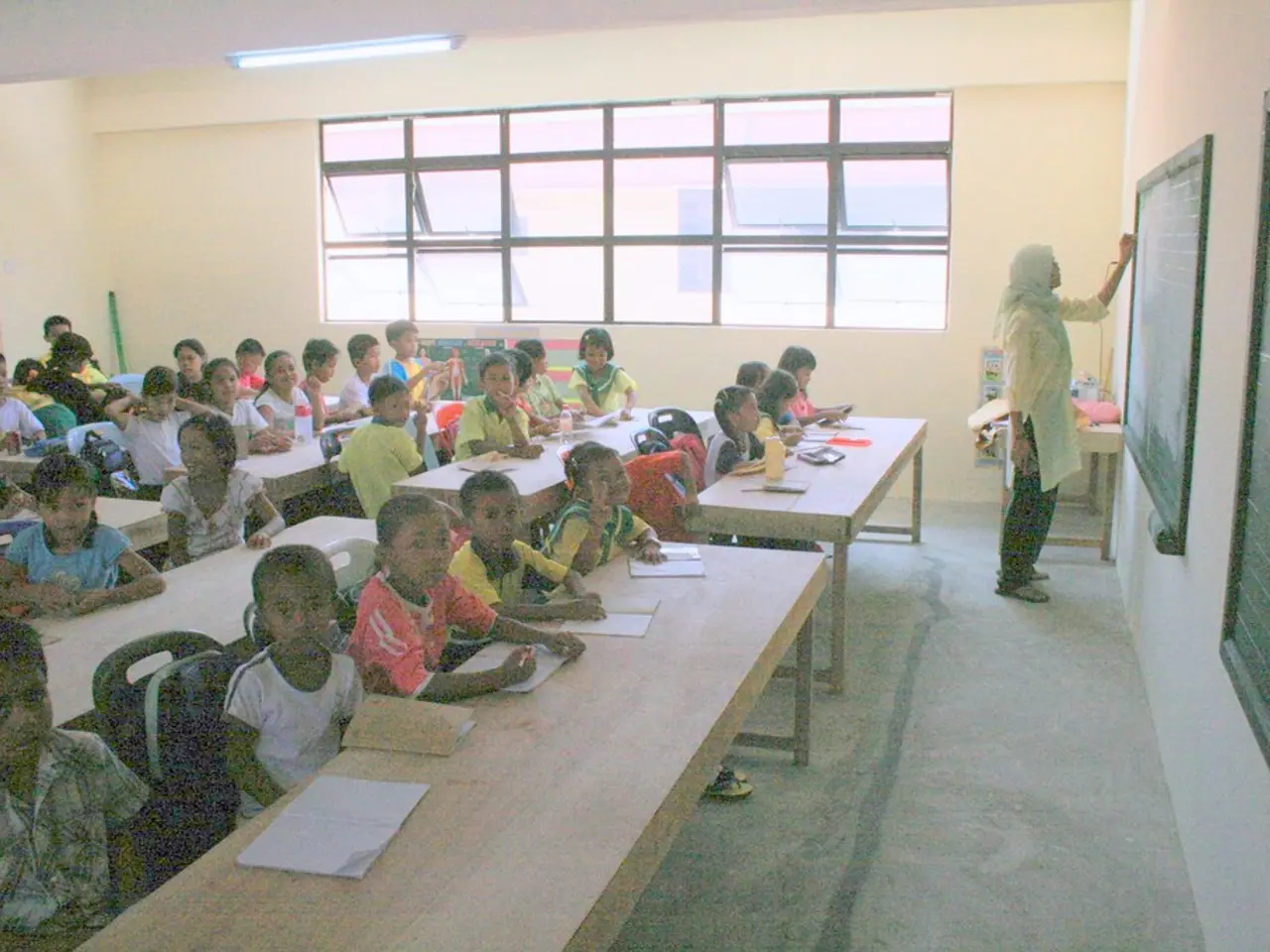Artificial Intelligence Aids Struggling Pupils in Overcoming Academic Challenges
San Francisco Public Schools made a significant move in 2014, mandating that all students take the same math courses through their sophomore year in high school. This policy aimed to reduce inequality, but it seemed to lower the ceiling instead of raising the floor.
Fast forward to the present, and the education landscape is undergoing a digital transformation. Artificial Intelligence (AI) has shown promising educational benefits, but concerns about its impact on equality persist. The National Education Association recently released a report warning that AI could heighten disparities due to the fact that "technology developers are overwhelmingly younger, White, cisgender, heterosexual, male, and people without disabilities."
However, AI could also be a game-changer, particularly in addressing the long-standing achievement gap between students who receive academic support at home and those who don't. Rising class sizes and teacher burnout make personalized support impossible for many students, but AI could offer a solution. AI-based tutoring services, such as the AI-powered Khanmigo chatbot from Khan Academy, are poised to deliver personalized tutoring to students of all backgrounds and aptitudes.
These services could revolutionize teaching, making rigorous, Socratic-style instruction broadly available. While academic tracking (separating students into classes based on aptitude) has been a topic of debate, AI allows students to progress at their own pace, providing supplemental, individualized instruction when needed.
Despite these potential benefits, some opponents of AI in the classroom, including school boards and teachers' unions, believe that the technology will worsen inequality. They worry that disadvantaged students often lack access to the required technology and digital skills, which might worsen existing disparities rather than improve them.
However, proponents argue that AI could help schools achieve a balance, prioritizing outcomes over ideology. AI can help schools ensure that all students, regardless of their background, have access to the support they need to succeed. Sydney Flisser, a collegiate associate at the Manhattan Institute, is among those advocating for the responsible integration of AI in education.
The main concern about introducing AI in American schools is the fear of replacing human teachers with AI, which could harm socialization and emotional learning. Additionally, some states have rejected AI-based schools due to concerns about educational quality and equity.
Despite these concerns, the benefits of AI in education are undeniable. For instance, in 2021, only 28% of eighth-grade students in American public education are proficient in math, and 30% meet standards in reading. AI has the potential to help schools improve these figures, but only if they prioritize outcomes over ideology.
In conclusion, while the integration of AI in education raises valid concerns, it also offers a promising solution to some of the long-standing issues in American public education. AI could help narrow the gaps associated with race, family income, and IQ due to personalized support, but only if schools approach its implementation thoughtfully and prioritize the needs of all students. Bans on AI in the classroom could blunt students' development and increase academic inequality. The future of education may lie in a careful balance of human and artificial intelligence.
Read also:
- Weekly update from the German federal parliament, Bundestag
- Trump announces that the Chinese leader has agreed to a TikTok deal
- EU Compliance Significance for Publishers in the Year 2025
- Model's successes cascading to millions: Hatim Kagalwala discusses precision, responsibility, and practical machine learning






